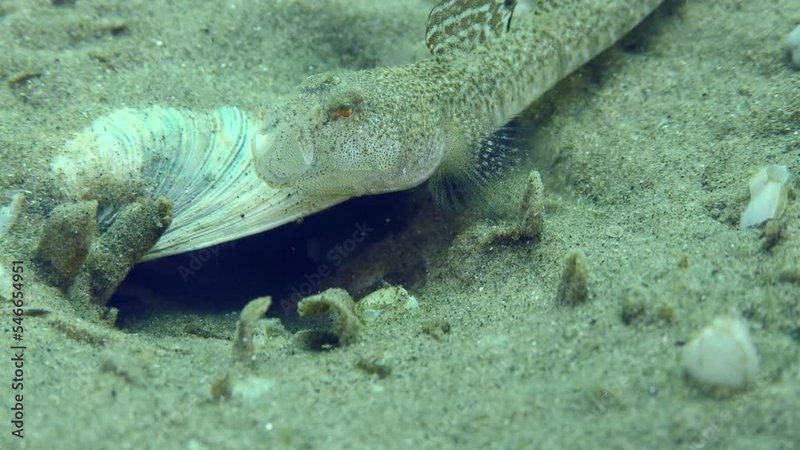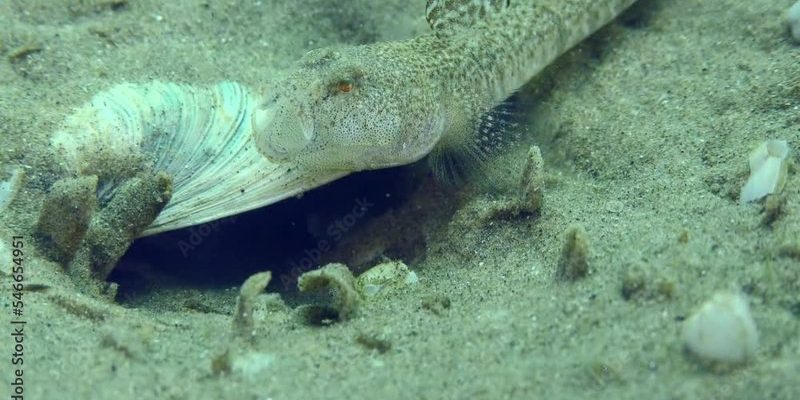
Goby fish are found in a variety of habitats, from freshwater streams to the salty depths of the ocean. Their breeding behaviors vary widely, making them an interesting topic for aquarists and nature lovers alike. Understanding their reproduction process is vital for those interested in keeping gobies in aquariums or observing them in their natural environments. Here’s a closer look at the breeding habits of gobies, and why they matter.
Types of Gobies and Their Breeding Habits
There are over 2,000 species of gobies, and each has its own unique approach to reproduction. Some gobies are quite famous for their intricate breeding rituals. For instance, the Clown Goby is renowned for its playful courtship dance, where the male showcases his vibrant colors to attract a mate. The Banded Goby, on the other hand, tends to be more secretive and prefers to breed in hidden crevices.
You might be wondering how these various types impact their breeding habits. Generally, gobies use the surrounding environment to their advantage. They often choose nesting sites in areas that provide both safety and food. For example, some gobies will bury their eggs in the sand, while others stick them to rocks or corals, ensuring they have a good chance at survival.
The Breeding Process Explained
Now, let’s get into the nitty-gritty of how gobies actually reproduce. It all starts with the courtship ritual. Males typically display bright colors and perform elaborate dances to entice females. If a female is impressed, she’ll signal her readiness to mate. Think of this as a sort of underwater dating game, where the stakes are survival!
Once a pair has formed, they’ll find an appropriate spot to lay eggs. The female goby lays her eggs, often in the range of hundreds to thousands, depending on the species. After laying eggs, the male goby will fertilize them. Here’s where it gets even more interesting: many male gobies take the role of protective guardian, fanning the eggs with their fins to ensure they have enough oxygen and keeping predators at bay.
Incubation and Hatching of Goby Eggs
After the eggs are fertilized, they enter the incubation stage. Most goby eggs hatch within a week or two, depending largely on water temperature and species. During this time, the male goby keeps a watchful eye. You might think of him as a dedicated dad—ensuring that everything is safe for the little gobies to emerge.
Once the eggs hatch, the fry (that’s what baby gobies are called) are often quite small and vulnerable. They usually drift away from the nest into the water column, where they must fend for themselves almost immediately. This might sound harsh, but in the wild, survival of the fittest is the name of the game. Many fry will not make it to adulthood, but those that do will eventually be ready to start the cycle all over again.
Factors Influencing Goby Reproduction
Several factors can influence the reproduction of gobies, including environmental conditions and the presence of predators. For instance, water temperature and quality are crucial for healthy breeding conditions. If the water is too polluted or the temperature fluctuates too much, it can affect egg viability and fry survival rates.
Additionally, predators can pose a significant threat to both eggs and fry. Some goby species have evolved specific strategies to mitigate these risks, such as choosing nesting sites that are hard to access or developing camouflage to blend in with their surroundings. This adaptability is one reason why gobies can be found in such diverse habitats, from coral reefs to estuaries.
The Role of Gobies in Their Ecosystem
Goby fish play an important role in maintaining ecological balance in their habitats. As both prey and predator, they contribute to the food web. By breeding successfully and ensuring that their young have the best chance for survival, gobies help support not just their species but also the health of the aquatic ecosystem as a whole.
Interestingly, some gobies even engage in symbiotic relationships with other species. For example, they often share their burrows with shrimp, benefiting from the protection against predators while providing a safe home for the shrimp. When gobies thrive, so do the species that rely on them.
Keeping Gobies in an Aquarium: Breeding Tips
If you’re considering breeding gobies in an aquarium, there are a few things to keep in mind. First, providing a suitable environment is key. Make sure your tank mimics their natural habitat, complete with hiding spots and plenty of substrate for nesting.
You should also consider maintaining stable water conditions. Test your water regularly for temperature, pH, and ammonia levels to ensure a healthy breeding environment. Remember, healthy fish are happy fish, and that happiness can lead to successful breeding.
Finally, observe your gobies closely. Look out for signs of courtship behavior and be prepared to act when they start breeding. You’ll want to ensure that the eggs are handled gently and that the fry have enough food once they hatch—infusoria or finely crushed flakes work well for baby gobies.
Understanding the breeding and reproduction of gobies opens up a world of intrigue about these small but mighty fish. Their unique behaviors and adaptability tell us a lot about life under the sea. Whether you’re an aquarium enthusiast or simply a nature lover, gobies are a fantastic reminder of the complexity of aquatic ecosystems. As we continue to learn about these fascinating creatures, it’s essential to remember the role we play in their survival and the health of our oceans.

